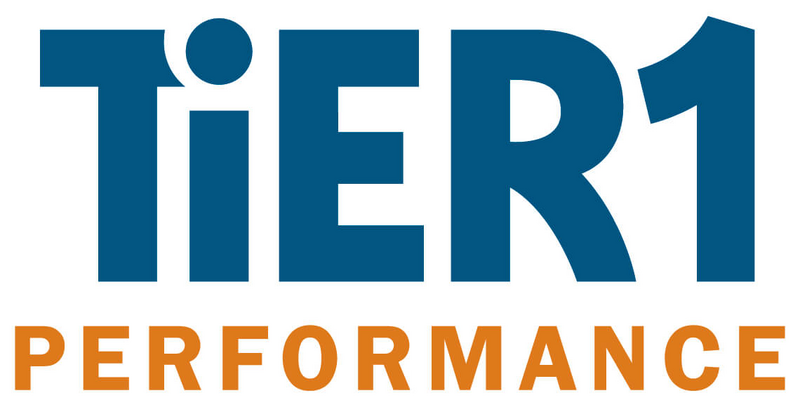ATD Blog
6 Questions for Every Leader to Explore Thriving Teams and Organizations
Wed Feb 21 2024

Cultivating a healthy, high-performing organization where people can do their best work requires significant effort, intentionality, and nurturing on the part of leaders. They must stay attuned to their impact on individual, team, and organizational health and performance, as well as to how employees are experiencing their work.
Through regular assessment, leaders can identify their strengths and opportunities to grow in their leadership capability. We recommend gathering insight into six key areas that correspond to the needs of healthy, high-performing teams and organizations: purpose, potential, safety, capability, resources, and connection. We help leaders explore the following questions on these six topics through employee surveys and interviews:
1. Do employees believe they’re doing meaningful work?
A strong organizational mission and sense of collective purpose contributes to increased financial performance, employee engagement, retention, and a sense of fulfillment among employees.
If employees are struggling to find meaning or connect their work to the organization’s mission or purpose, leaders can help by reinforcing the organization’s mission and helping employees understand how their work affects customers, products or services, or their colleagues. Where possible, leaders can also help employees adjust their role to create a greater sense of meaning and fulfillment.
2. Do employees feel a sense of promise and potential?
When organizations have a collective sense of hope and optimism about the future, employees tend to innovate, embrace challenges, and persevere in the face of setbacks and adversity.
Leaders can foster potential by articulating a shared vision that inspires the workforce to explore what might be possible and by giving employees the space and grace to stretch and grow outside their comfort zone. This can include:
Encouraging, recognizing, and rewarding employees’ ideas, innovation, and experimentation
Creating equitable growth and development opportunities for all employees
Celebrating “failure” and acknowledging the learning that stems from trying something new
3. Do employees feel safe and secure?
Leaders play a pivotal role in fostering a sense of safety among employees. To create a psychologically safe environment, leaders can model and invite open and candid dialogue and communicate transparently about how internal or market dynamics threaten the organization’s stability, along with plans for weathering those threats.
Inviting employees to bring their whole selves to work also contributes to a sense of safety and belonging. Leaders who create a safe and secure environment recognize the humanity of each employee and celebrate when people authentically “show up” with their unique perspectives, personalities, emotions, work styles, and life experiences.
4. Do employees feel capable of applying their talents?
Leaders must ensure employees have the necessary capabilities (including knowledge and skills) to fill critical roles, and employees need to feel that they’re contributing in meaningful ways to support the organization. If assessment reveals this isn’t the case, leaders can have conversations with employees to identify ways to leverage their skills in different roles, help employees assess their readiness to step into new roles, and identify and fill any skill gaps through development opportunities.
5. Do employees have the resources to do their best work?
To achieve full potential, great talent requires appropriate resourcing (for instance, time, support, rest, information, tools, and training). Leaders play an important part in regularly assessing whether resource needs are being met and taking steps to close the gaps when they are not.
Attuning to resourcing needs can include:
Providing clear, consistent, and timely communications
Providing sufficient expectations, guidance, and feedback
Ensuring employees have access to necessary training and development to achieve the expectations of their roles
Ensuring employees have adequate time, space, and rest for renewal of energy
6. Do employees feel a sense of authentic, consistent connection?
Connection and belonging are crucial for employee well-being and organizational performance. Leaders can provide space for employees to cultivate meaningful and authentic relationships, and cultivate a culture of inclusivity by helping individuals feel valued for who they are. This involves celebrating differences, actively seeking diverse perspectives, and ensuring that all employees have equal opportunities to contribute and succeed.
Employees also need to feel that the organization’s words and actions are connected and aligned. If employees experience inconsistency between what’s said and what’s done, there can be detrimental impacts on trust, employee motivation and engagement, and organizational outcomes. Leaders must “walk the talk” and demonstrate behaviors and mindsets that are aligned to the organization’s core values and beliefs.
**
Assessment is only the first step.
**It’s important for leaders to regularly assess and stay attuned, because thriving, health, and performance will shift over time due to a variety of factors. Yet, assessment is only the first step. Leaders can use assessment results to draw insights and build an action plan to fortify and improve key areas of growth. The cycle of assessing, learning, and improving is ongoing for leaders who care about helping their teams and organizations thrive.

